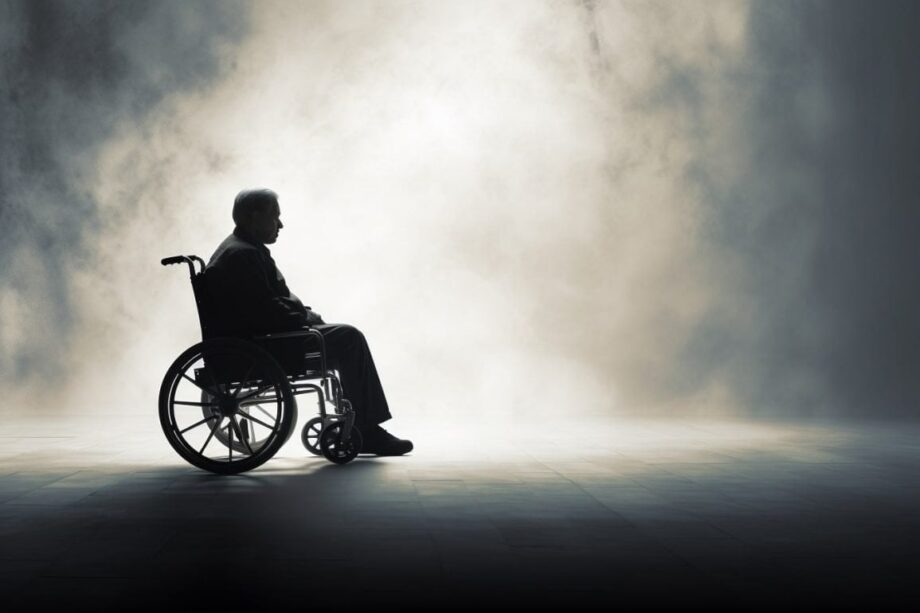In a historic clinical trial, researchers successfully implanted microchips into the brain of a paralyzed man. This pioneering procedure, combined with developed AI algorithms, has established a “double neural bypass” – an electronic bridge enabling brain-body communication.
In a groundbreaking trial, researchers at Northwell Health’s Feinstein Institutes implanted microchips in a paralyzed man’s brain, reconnecting his brain and spinal cord. This double neural bypass restored lasting movement and sensation in his hand. The patient, Keith Thomas, paralyzed from the chest down due to a diving accident, found hope in this historic trial.
Using functional MRIs, the team mapped Thomas’ brain to pinpoint movement and touch areas. Surgeons led by Ashesh Mehta inserted microchips during a 15-hour surgery.
Thought-driven therapy translated Thomas’ intentions into action via electrode patches on his spine and muscles. Sensory feedback enabled movement and touch perception.
This breakthrough could revolutionize paralysis treatment. Feinstein Institutes’ commitment to bioelectronic advancements offers hope for millions with impaired movement and sensation.
Source NeuroScienceNews

